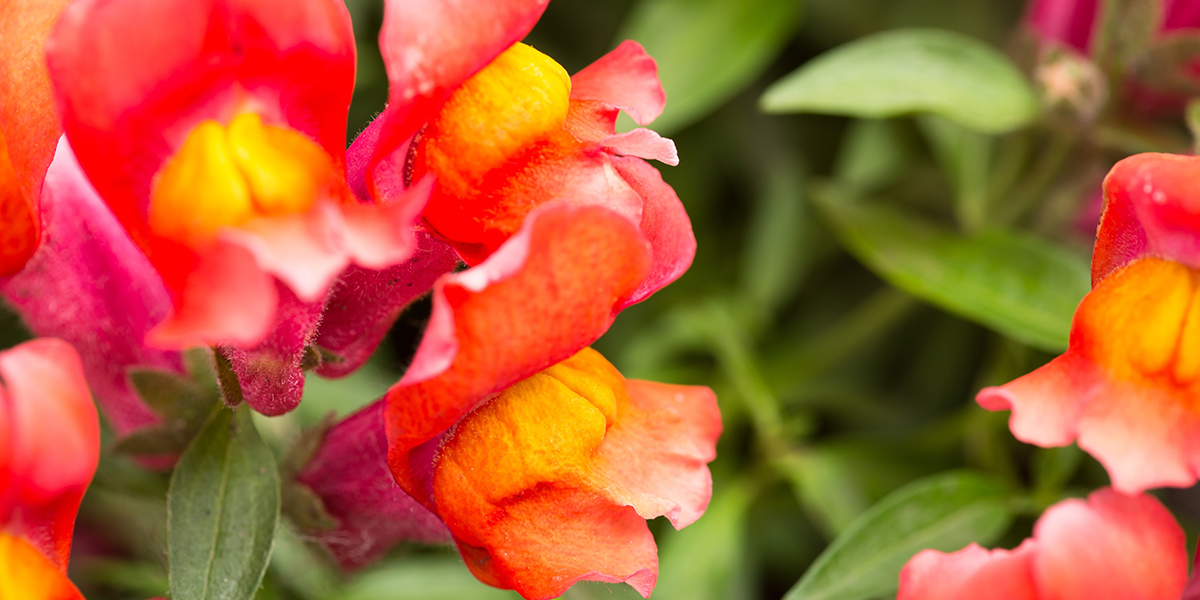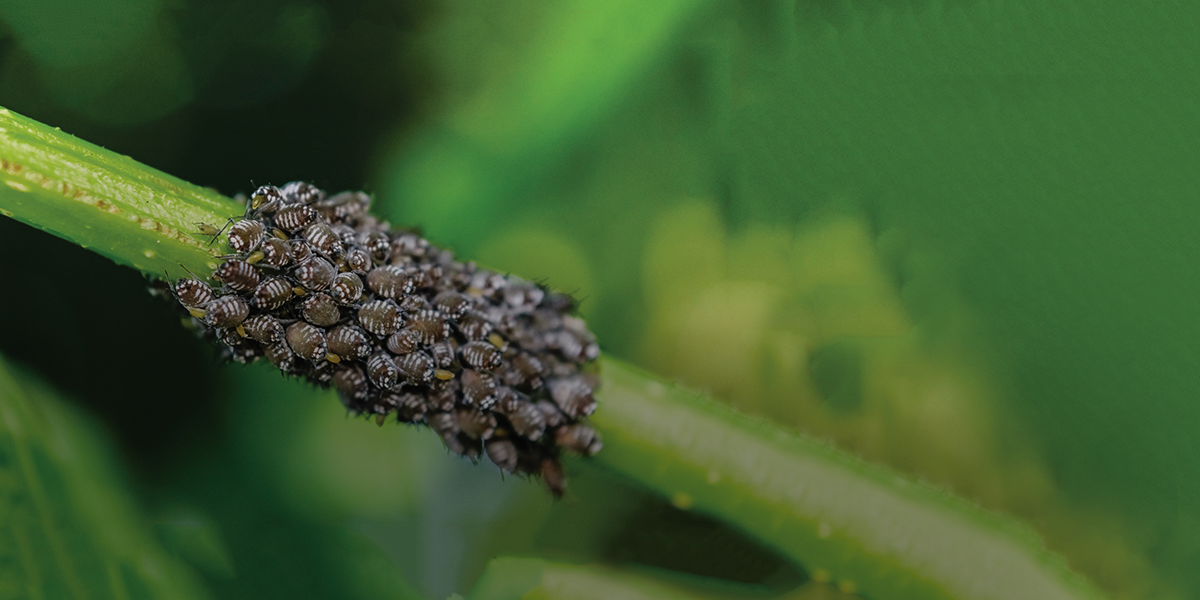Whoa! Don't get walloped by whiteflies
These tiny creatures can suck the life out of greenhouse plants in short order.
For U.S. produce growers, whiteflies are pernicious pests that feed on produce, ornamental plants and hemp throughout North America. There are more than 1,500 species of the eponymous pale-winged bug.
According to J.C. Chong — turf and ornamentals entomologist at Clemson University, — the greenhouse whitefly (Trialeurodes vaporariorum) and especially the sweetpotato whitefly B-biotype (Bemisia tabaci, formerly known as the silverleaf whitefly, Bemisia argentifolii) are the most destructive. “The greenhouse whitefly,” he says, “used to be the major species, but now, in U.S. greenhouses, the one you’re more likely to see is the sweetpotato whitefly. It seems to have replaced the greenhouse whitefly. And occasionally you’ll see the banded winged whitefly (Trialeurodes abutiloneus),” which are markedly less common.
A new biotype of sweetpotato whitefly identified in 2005, the Q-biotype, is a potent virus vector that has gained resistance to many insecticides.
Whiteflies start as eggs laid on the bottom side of leaves; the eggs hatch after 5 to 7 days into nymphs. The nymphs become tiny (1/16 to 1/10 of an inch) adults with four white wings in 14 days to a month, depending on the temperature (they thrive in warmer climes).
Whiteflies, Chong says, “… feed on just about anything. I always joke that if you grow poinsettias, you’ll have whiteflies.” They feed on many other ornamentals and several vegetable and fruit crops. “They have a broad range of hosts, especially the sweetpotato whitefly,” Chong says. “If you grow herbs, vegetables for transplant, and fruit — tomatoes, peppers, lettuce, basil — you’re probably going to face a lot of whiteflies.”
Scouting whiteflies in greenhouses and nurseries, Chong says, is best achieved by placing yellow (the color attracts the pests) sticky cards close to vents and above plants’ canopies; growers should check the cards every few days. Visual scouting should be done by walking around the facility in a zig-zag pattern and randomly picking up plants on benches and checking the undersides of leaves for adults or nymphs, the entomologist says.
Whiteflies damage plants with the piercing and sucking mouthparts, Chong says. “They tap into the tissue and suck out the juice. As they are sucking it up, they are removing the water and nutrients,” he says. “Because you have a competitor for the nutrients, the plants are going to be slow growing and stunted and produce less.”
The scientist also says that whiteflies’ waste creates other problems. “What they want from all that sucking is amino acids; they don’t care about anything else. But the plant’s juices have very little amino acids. So, they extract the amino acids in their gut and end up pooping a lot of the juice out,” he says. “When they poop it out, the sap contains a lot of sugar from photosynthesis; that waste is what we call honeydew. When the honeydew lands on the leaves, it makes them shiny and sticky. It also produces a growing medium for sooty mold. Your plants are going to grow slower, be weaker and produce less (fewer?) flowers and fruit. The presence of honeydew and sooty mold reduces the value of the plants.” In addition, the honeydew attracts ants, Chong says, which protect the whiteflies by feeding on or chasing away certain whitefly predators.
Many growers have successfully control whiteflies, Chong says, using biological control. “Parasitic wasps are good options, as is the fungus Beauveria bassiana.” He recommends starting with a biological for crops that often suffer from whiteflies, but he also says that a combination of biologics and insecticides may be needed for heavily infested crops.
“If it’s a really bad infestation, you want something that knocks them down before releasing the biologicals,” he says. Afidopyropen (Ventigra® insecticide from BASF) and growth regulators are good options, according to Chong. “Whatever you use, be sure to rotate insecticides frequently to avoid them building up resistance.”
Prevention strategies vary according to location, Chong says. “Sweetpotato whiteflies die off in cold climates; and that’s what makes them funky,” Chong says. “In areas such as Vermont, Canada and Colorado, where whiteflies usually die off outdoor in the long freeze, concentrate on incoming plants from warmer climates,” as they may contain whiteflies. “Cutting dips with B. bassiana has been shown to be effective in reducing infestation on incoming plant materials. In the warm weather where whiteflies can overwinter outdoor and spread into the greenhouse, growers should keep an eye year-round on all plants coming in and those propagated in-house, screen vents, and start treatment early.”
So, no matter where you are and what you grow, be on the alert for whiteflies. These pests can suck the life out of your crops.
Related





